We got lost a bit, again, choosing „shortcuts“ rather than the regular road. It seems that Andrew Archibald Paton’s path wasn’t that clear either, even though he was „cruising“ the 19th century land on a horse.
But he was surely astonished by the view of nature approaching Loznica:
„Thick turf covered the pasture lands; the old oak and the tender sapling diversified the plain. Some clouds hung on the horizon, whose delicate lilac and fawn tints, forming a harmonizing contrast with the deep deep blue of the heavens, showed the transparency of the atmosphere, and brought healthful elevation of spirits. Even the brutes bespoke the harmony of creation; for, singular to say, we saw several crows perched on the backs of swine! Towards evening, we entered a region of cottages among gardens enclosed by bushes, trees, and verdant fences, with the rural quiet and cleanliness of an English village in the last century, lighted up by an Italian sunset.“
Policeman under the willow tree
Soon, when they have reached the town, a policeman, „who was sitting under the willows“, stopped them. He was sent to greet them and bring them safely to Loznica.

On the other hand, we were greeted by a parking service employee, parked our „horse“ and through dust and dirt of „work in progress“ of nearby streets, walked towards the town’s center.
„The bazaar was open and paved with stone; but except its extreme cleanliness, it was not in the least different from those one sees in Bulgaria and other parts of Turkey in Europe. Up to 1835 many Turks lived in Losnitza; but at that time they all moved to Bosnia; the mosque still remains, and is used as a grain magazine“, our British diplomat wrote back in 1844.
Pedestrian zone ahead, Vuk’s Cultural Center, small stores lined up on the other side. In the middle, cafes. We were looking for the tourist information office of Loznica, thinking if we may have missed some locations on the way because of bad weather and those wrong turns.

We only found a small corridor with posters of Tronosha Monastery, Trshic village, pictures of Drina river rafting. But nobody was there to ask for more details. (Went back to Loznica a few years later, Tourism Organization office was a pleasant surprise.)
Wanted to have lunch here, but decided to carry on with our journey after all. We were hoping to see the Drina river on the way.
In the shade of poplar
„The banat of Matchva which we had yesterday traversed, stretched away to the westward, an ocean of verdure and ripe yellow fruits. ’Where is the Drina?’, said I to our host. ’Look downwards’, said he: ’you see that line of poplars and willows; there flows the Drina, hid from view: the steep gardens and wooded hills that abruptly rise from the other bank are in Bosnia’”, Paton wrote, and he would be right even today.

We carried on from Loznica, by the river I suppose, at least that is how this blue line on the map curves. But, Drina was nowhere to be seen! It was hidden behind densely lined lush trees. Green knolls appear up there on the right, a cloud or two… It’s Bosnia.
We managed to avoid that big gray cloud which was threatening as if was going to flood the road and everything on it. (Luckily, it didn’t.) It stayed behind, somewhere around Loznica.
Healing wounds in King’s Spa
Well, we still haven’t seen Drina, but soon there was a sign to turn to Banja Koviljacha. Here are some facts I didn’t mention earlier. The spa was popular during Turkish rule as Smrdan-Bara or Smrdan-Banja („smelly pond“ or „smelly spa“), since its sulfur waters and black mud could be smelled long before one reaches the spot. Nowadays, you first go into the big green park, nice, clean, packed with colorful flowers. Around it – villas and accommodation objects. Peaceful place, just a passenger or two.

The spa is under state protection since 1867. Vuk Karadzic (famous linguist) and Dositej Obradovic (writer and the first Serbian Education Minister) were guests here, while Karadjordje, the leader of the First Serbian Uprising in 1804, was healing his wounds in the spa. Grand balls were held here, attended even by Serbian king Aleksandar Karadjordjevic. The place was officially turned into a health resort in 1908 during the rule of king Petar Karadjordjevic the First.
Their busts are aligned along the promenade and the place is even now popular as the King’s Spa.
Villas, luxury hotels were built in Banja Koviljaca in the 1920s and 1930s. Famous Kur-salon was built in 1932 along with the casino, and it was the first casino in the Balkans. Musicians and orchestras paid to play in the grand hall, and sometimes they have waited for months to perform there. They say that the king’s gambling table is now displayed in Sarajevo’s Museum of Natural History in Bosnia.
Next: THE GREEN WREATH, AGAIN? (13)
The full 19th-century Serbia SERIES
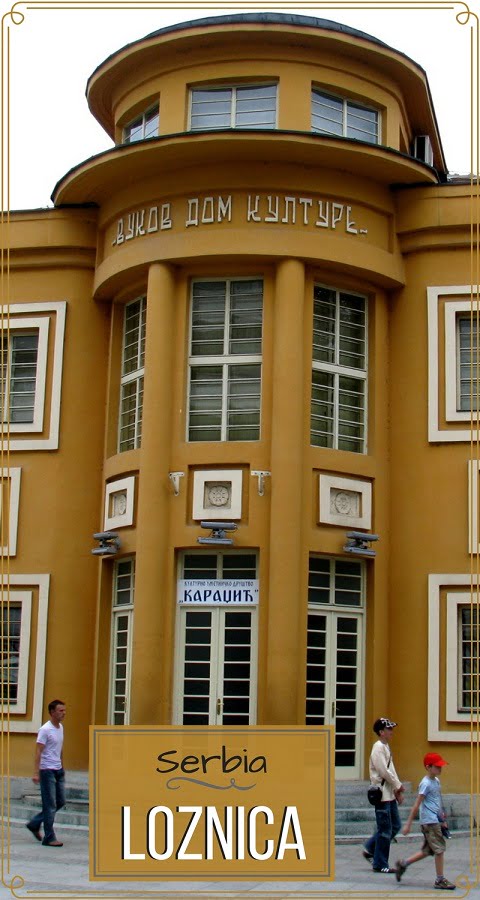

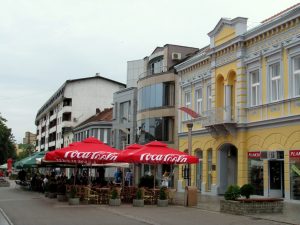

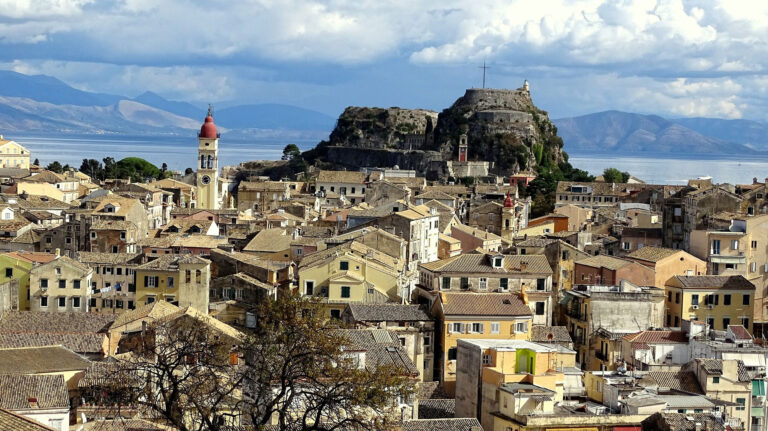
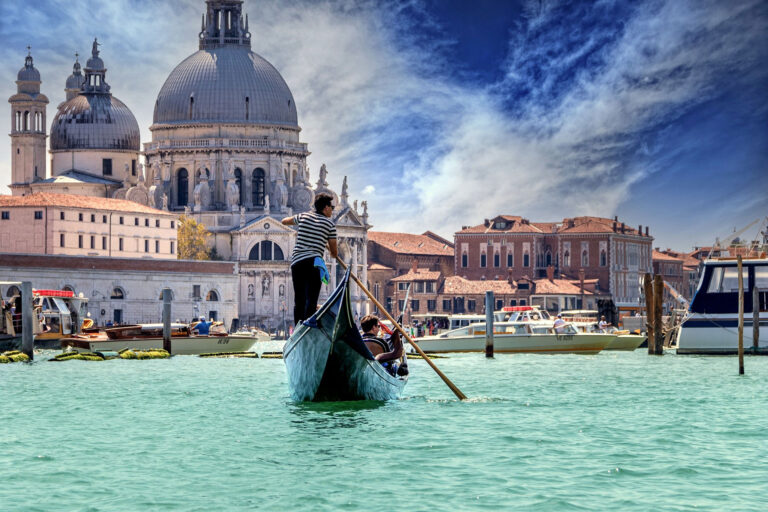
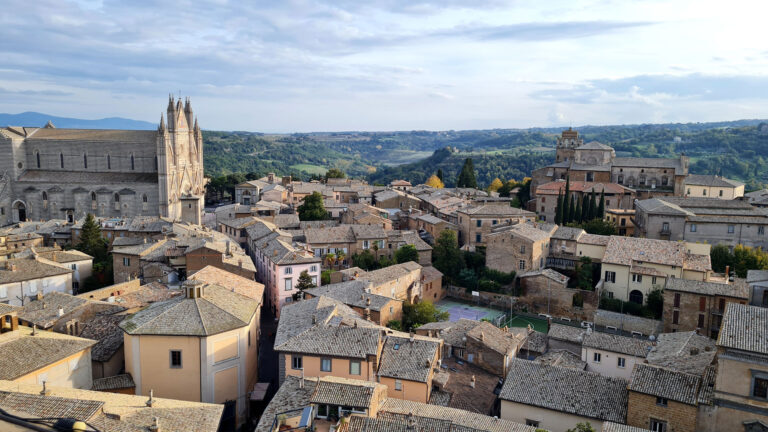

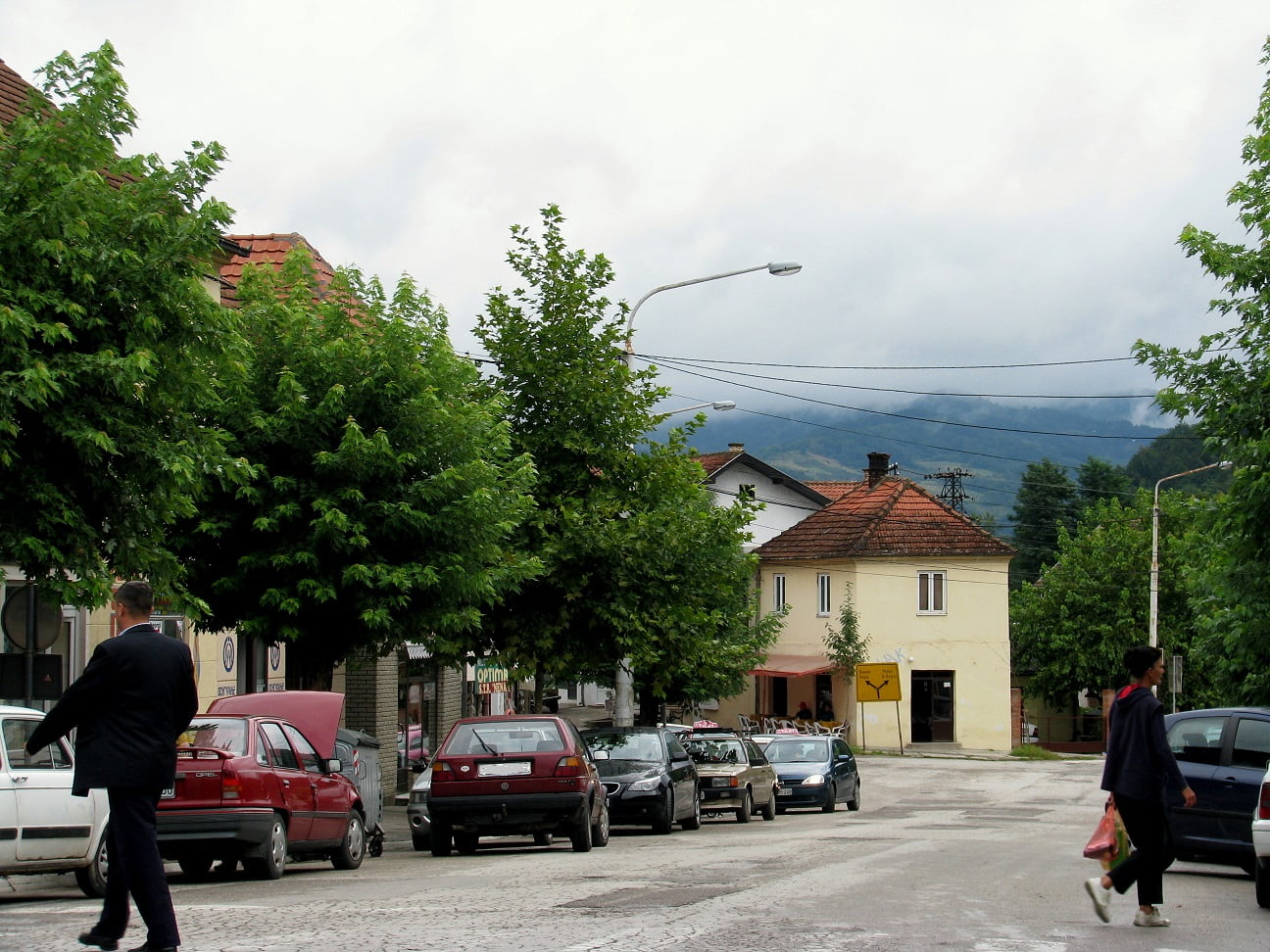
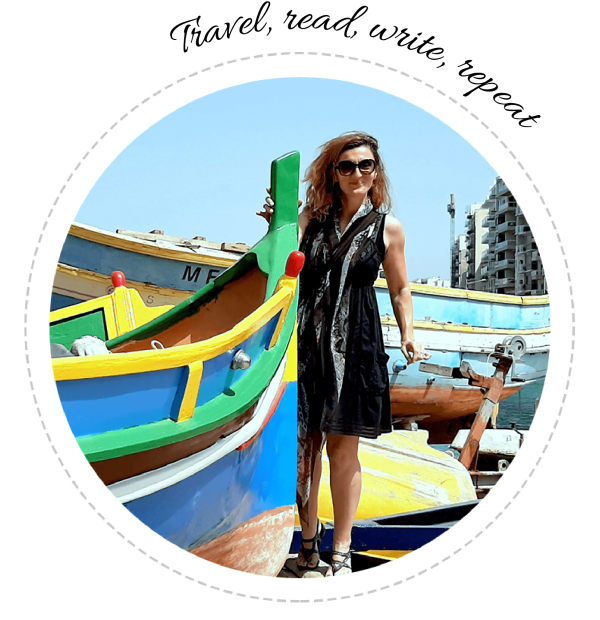


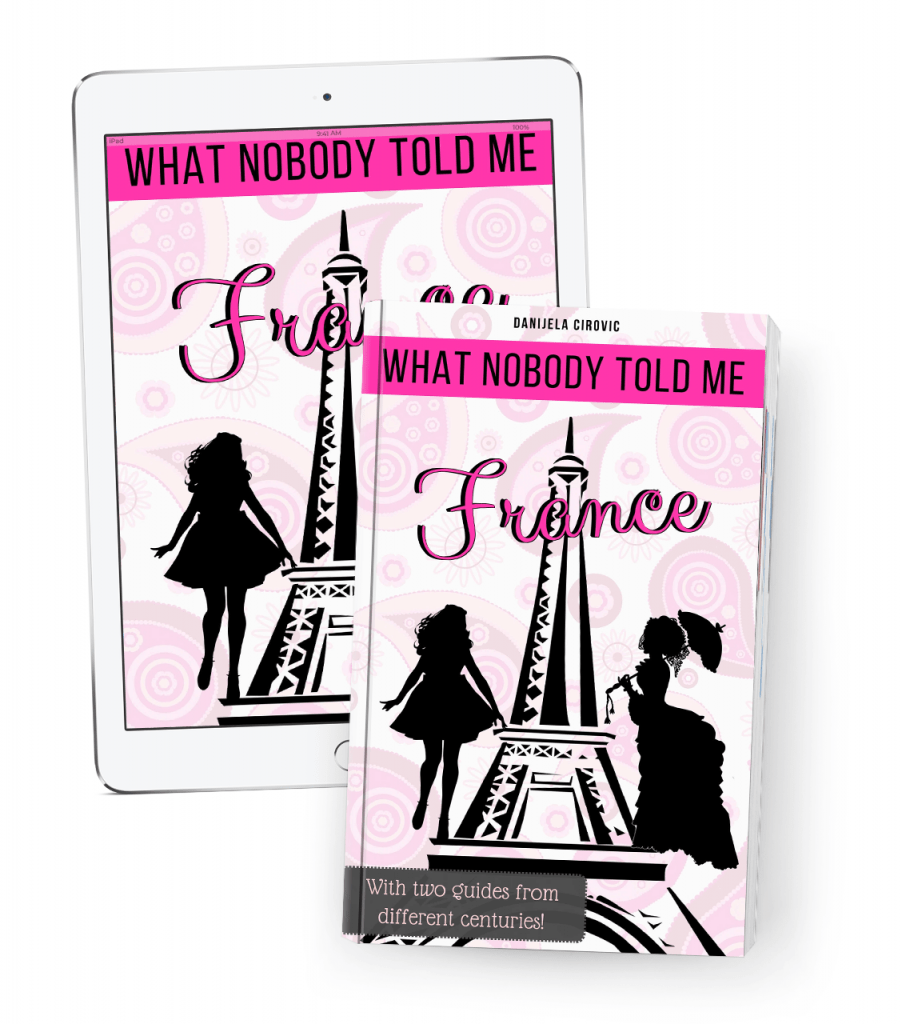
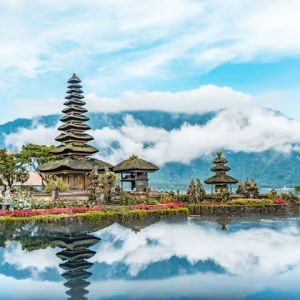
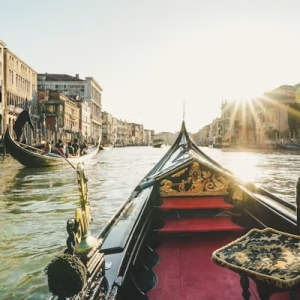
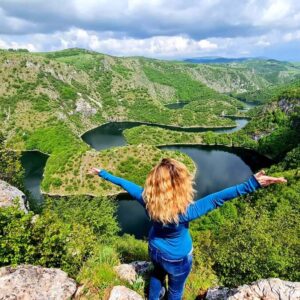
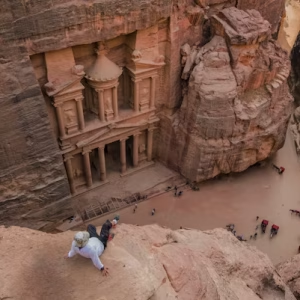
8 responses
Hi! Thanks a lot for the follow!
Great blog! 🙂
Oh, thank you so much, it means a lot! Liked yours too, hence I followed. 😉
See you around! 🙂
Sure! 😉
That looks cool – I would go there. It looks antique but modern 🙂
It is interesting to visit. Thanks! 🙂
Interesting post. Just check our blog https://namastevizagblog.wordpress.com
Thank you. 🙂